Driving through the quiet leafy suburbs on the outskirts of Adelaide city is a looming clocktower that can be spotted from Fullarton Road, this is the admin building of Glenside Hospital. Urban explorers in Adelaide have always wished to explore the Abandoned Kirkbride asylums in America, however it is not known that we have several derelict mental asylums in SA.
The Parkside Lunatic Asylum was built in 1846 as South Australia’s first solely dedicated asylum, prior to this people suffering from mental health conditions were incarcerated in the Adelaide Gaol. The asylum was later renamed to ‘Glenside Hospital’ in 1967 which it is still known as today, however most of the original land has been subdivided and sold off for housing. Much of the time this asylum operated, mental health and modern medicine was still in its infancy and many inhumane ‘experimental treatments’ were used. A former nurse Sandy Williams describes in her book “If Asylum Walls Could Speak,” the asylum as being “a human warehouse where dignity and humanity were largely forgotten.” Where the patients “had lived their whole lives within the confines of an asylum, forgotten by society and institutionalised into zombie-like states.”
Erindale is one of the original asylum buildings that remains along with the Former admin building used by SA Film Corp, the Elms – female ward, Z ward – for the criminally insane and the Morgue. Erindale was also known as E Ward, and it was used as a secure ward to hold the “Obstinate, Disobedient” or referred to by the staff as “Treatment Resistant” male patients who were often very violent. Essentially this ward was a step down from Z Ward which was a high security prison like building that housed the criminally insane.
In the early to mid 20th century doctors at Glenside and around the world began experimental treatments for institutionalised patients, many of them being extremely inhumane by today’s standards. One of these treatments was the transfusion of blood from a patient with malaria into another suffering with syphilis, but the most popular treatment of the time was Electro-Convulsive therapy or E.C.T. Doctors had hypothesized that mental health conditions were caused by the wrong electrical signals in the brain so the theory was that electrocution directly to the temple would fix this. In the practice of E.C.T 120 volts of electricity would be applied directly to the patient’s head causing violent, uncontrollable seizures. The side effects (aside from the pain of the treatment) would usually consist of memory loss, confusion, and loss of other cognitive faculties. The first E.C.T was carried out at Glenside in 1941 on a female patient and continued until the late 20th century when antidepressants were developed. Due to the war and the difficulty of shipping goods overseas a doctor at Glenside built his own bespoke E.C.T machine to treat patients. If you want to see an accurate portrayal of what E.C.T would have looked like watch the scene in “One Flew Over The Cuckoo’s Nest” where Jack Nicholson’s Character is given this therapy.
Electro-convulsive therapy was performed for the first time in Australia, at Parkside Mental Hospital, in August 1941. This treatment was undertaken by Dr Birch, with apparatus he built himself and which he submitted to Professor Kerr Grant of the Physics Department of the University of Adelaide. This form of therapy was pioneered by Cerletti and Binni of Italy in 1938. Owing to the outbreak of World War I in 1939, no machines were available in Australia, hence the need to construct a machine.
– 1870-1970 : commemorating the centenary of Glenside Hospital / compiled and written by Henry T. Kay
Electro-Convulsive therapy was not the worst treatment used at Glenside by a long shot, in the 1940’s the American surgeon Walter Freeman had invented his own form of Lobotomy, ‘The Trans Orbital Lobotomy’. This lobotomy technique used an ice pick to stab through the skull behind the eye socket and scramble the frontal lobe on both sides of the brain. Often the patients weren’t administered an anaesthetic for this procedure, they would just be given E.C.T until they were in a catatonic state and then operated on.
The first lobotomy performed in Glenside was in 1945 on a ‘difficult’ female patient who needed to be held in restraints. She is described to have ‘made a full recovery’ however all the lobotomy did was give the patient severe brain damage and turn them into an empty shell of a human. Essentially the patient would retain all motor neuron functions but lose all the parts of their brain that would process emotion and independent thinking, turning them into a zombie.
The first Leucotomy performed in Australia was under-taken at the operating theatre at the Parkside MentalHospital on 10th October, 1945. The operation of prefrontal Lobotomy was performed by Dr L. C. E. Lindon (now Sir Leonard Lindon). The patient was a 30 year old female who had spent the previous five years in hospital and was extremely difficult for the nursing staff to manage, and despite intensive care with the treatments available at the time, improvement was never maintained.
– 1870-1970 : commemorating the centenary of Glenside Hospital / compiled and written by Henry T. Kay
Thankfully the anti-psychotic drug Thorazine (chlorpromazine) was invented and began use at Glenside in 1954. Thorazine was hailed as a “chemical restraint” and a “liquid lobotomy” which had the same effect of disabling brain function as a lobotomy, without the surgery. Eventually in the late 20th century Lobotomy’s were seen for how harmful they really were and taken out of practice, however some patients still live with permanent brain damage.
Like every asylum E Ward had a dark history, on trove there are countless newspaper clippings about Suicides that took place. These suicides varied from hangings to a patient stealing a knife and going on a stabbing spree resulting in them slitting their own throat. If you want to do more reading on Glenside the book “If Asylum Walls Could Speak” by Sandy Williams has great accounts of what day to day life was like there. One of the stories recounts a lazy nurse who discovered a dead patient in one of their cells and couldn’t be bothered wheeling their body all the way to the morgue on the two wheeled cart. This nurse proceeded to shove the corpse into the side car of their motorbike and drive down the road, once they reached the morgue, they realised they had lost their passenger along the way. Another account recalled how two nurses became complacent doing the rounds and checking the patients during their night shift and decided to have a 4 hour nap. When they woke up and did the rounds they discovered that a patient had hung themselves, in fear of losing their jobs the nurses devised a plan to warm the body up before rigor mortis set in. Both nurses took the body and placed it in a hot bath to “soften it up” but their efforts were in vain, a doctor caught them and said “don’t bother giving the body a warm bath, it’s been tried; it doesn’t work.”
Apparently, my great grandmother was given E.C.T at Glenside, it makes me feel privileged that I don’t have to take 120 volts to the head – just pop an antidepressant and be on my way. The heritage listed E Ward still stands today derelict with no plans for development, its existence will serve as a grim reminder of all the suffering and horrors patients had to endure for humanity to advance modern medicine.
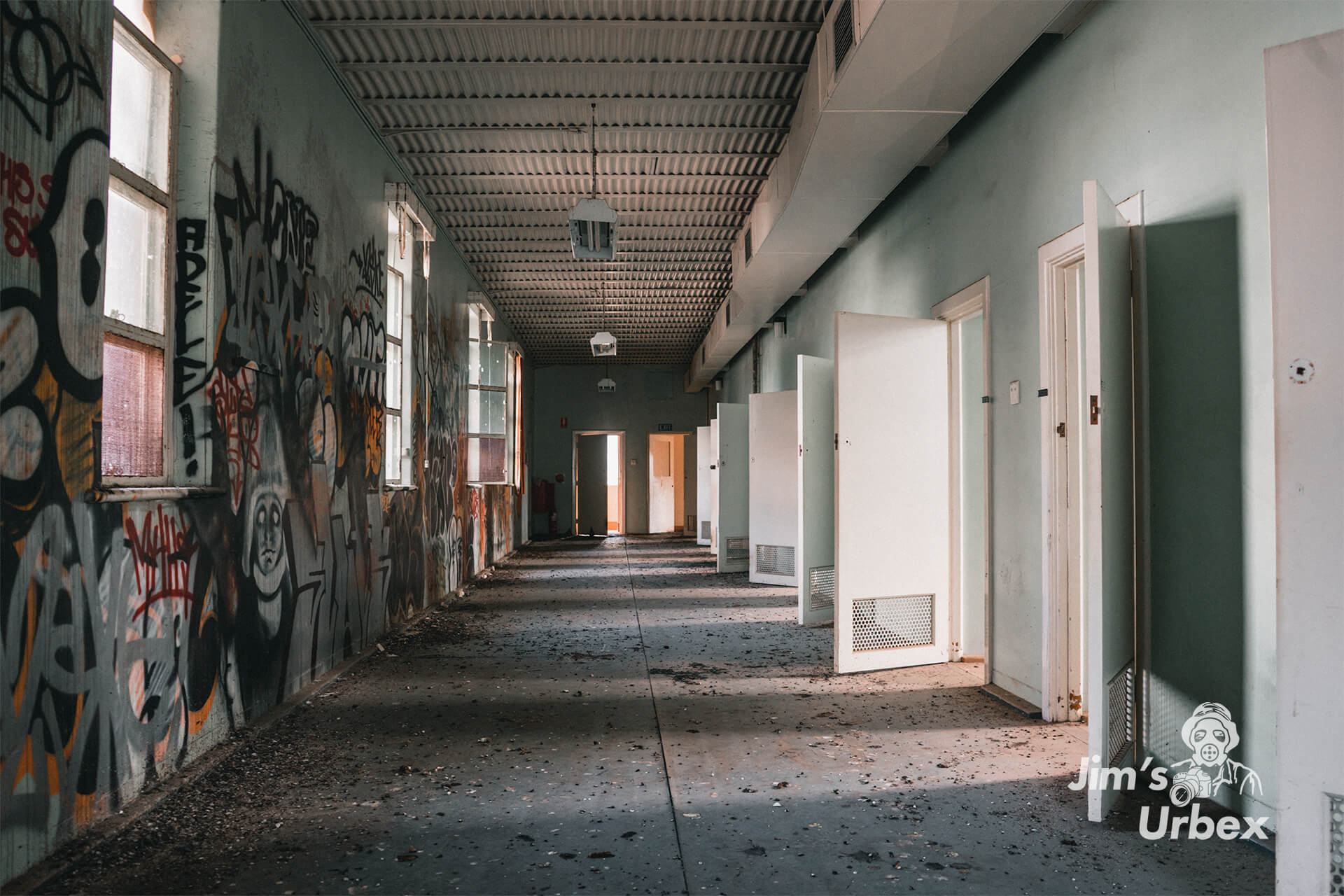
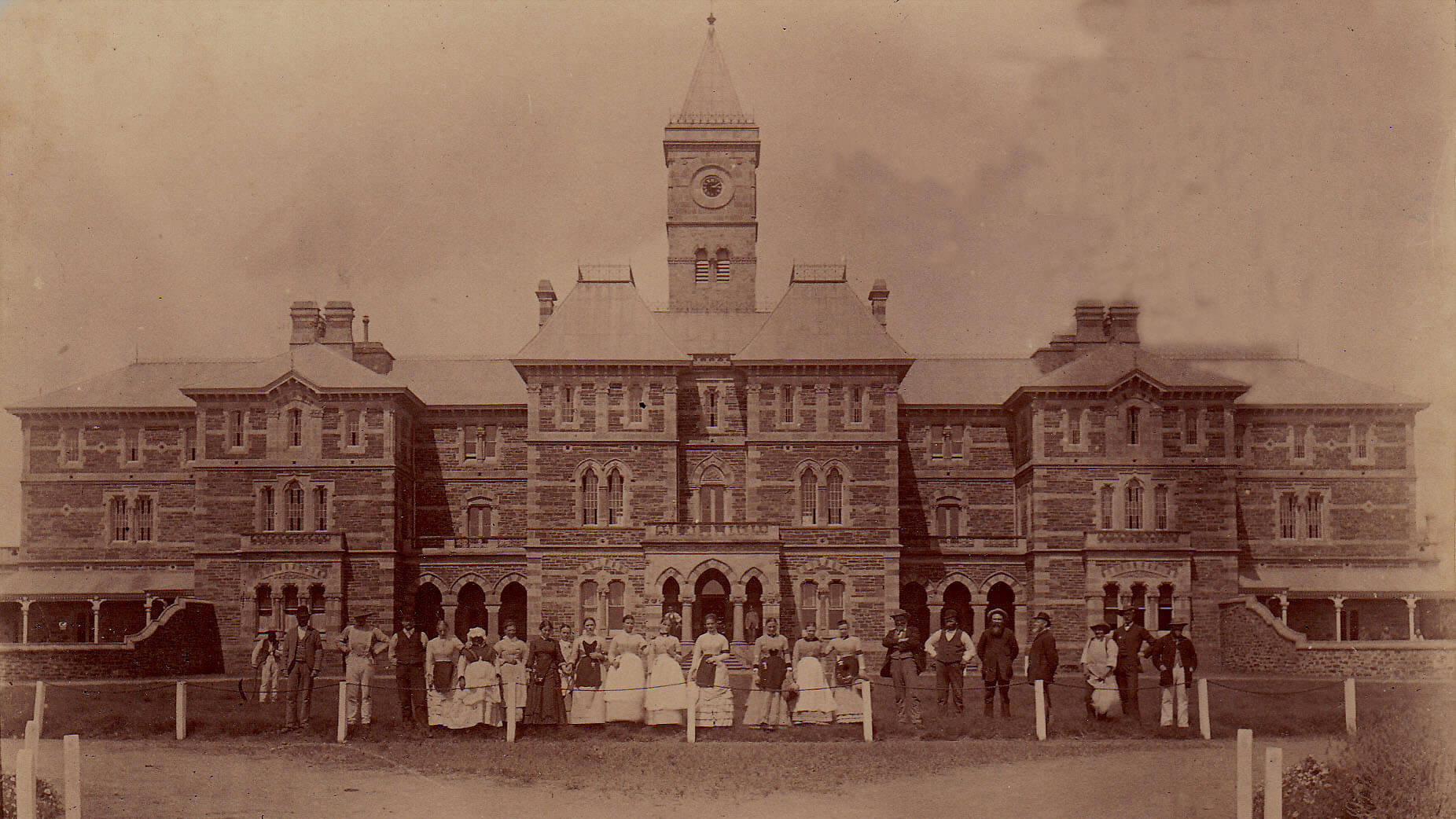
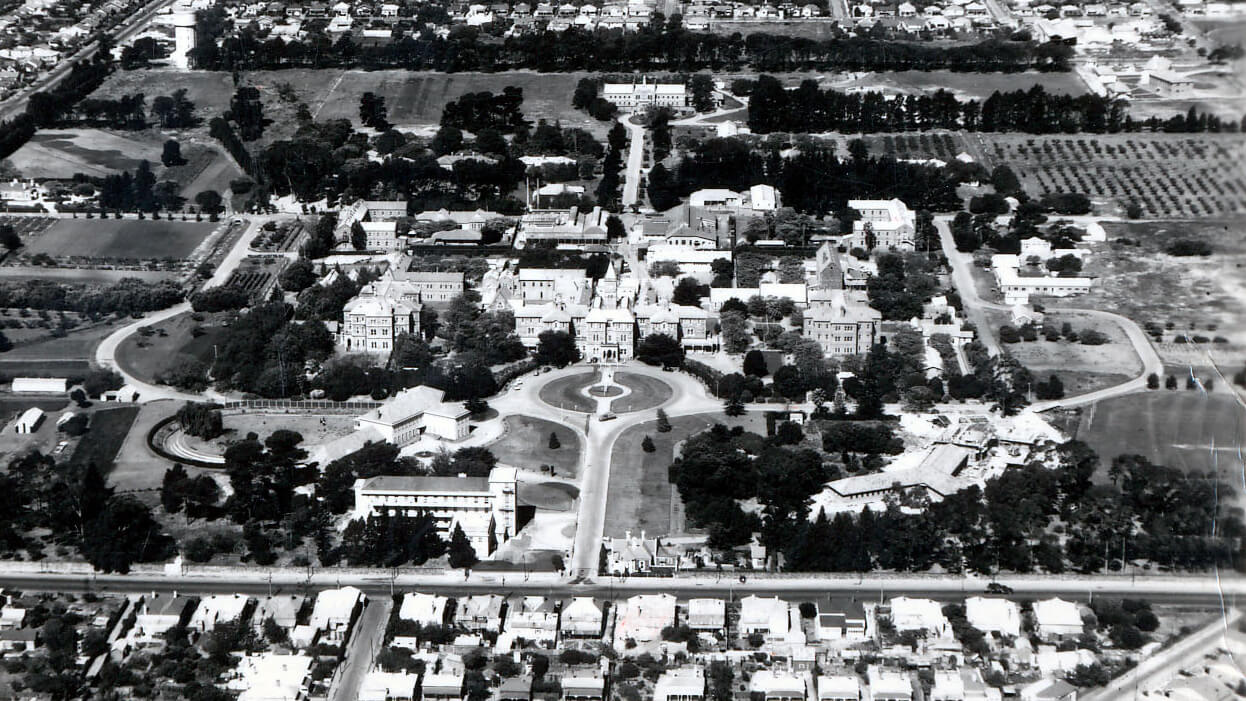
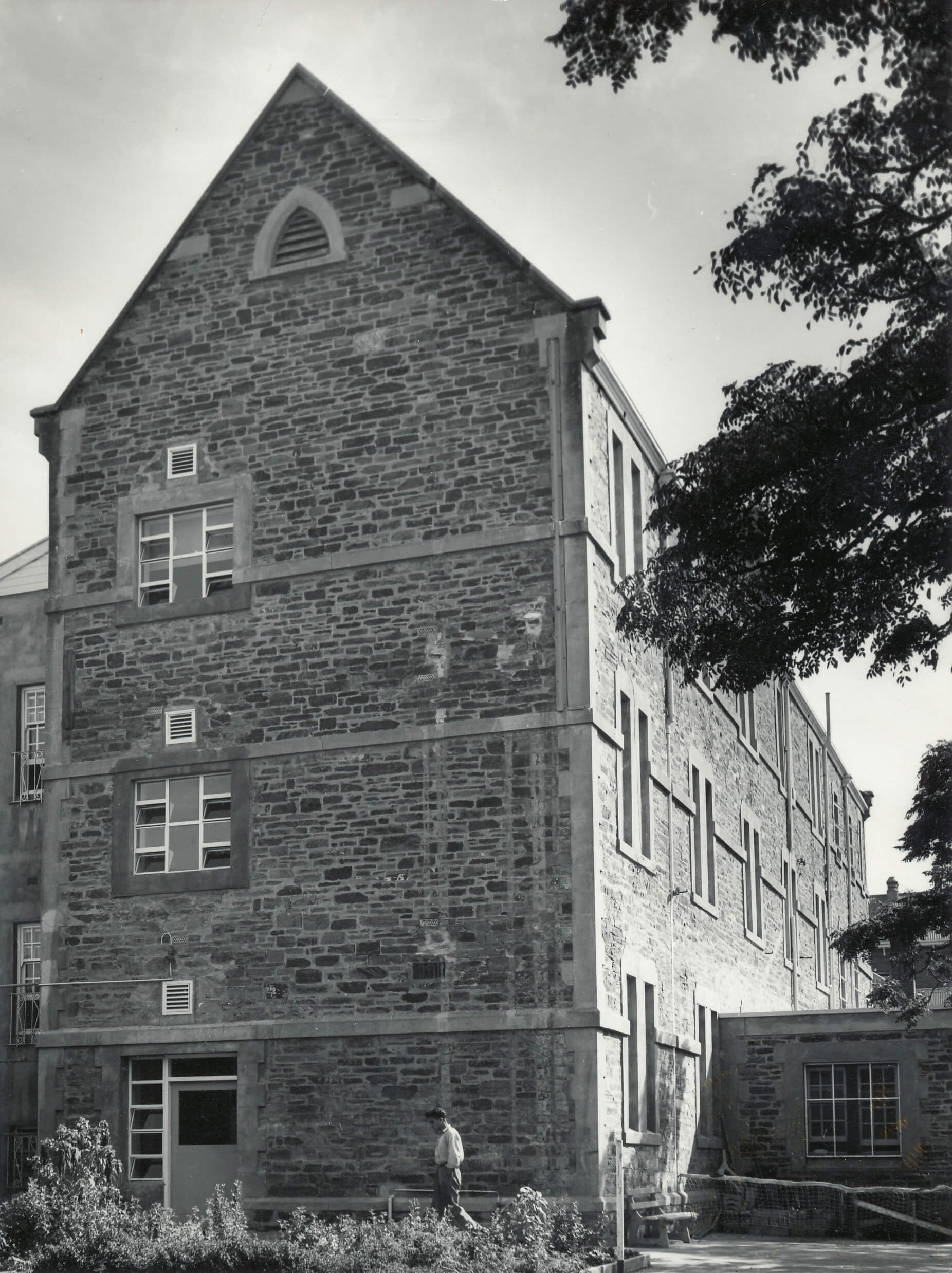
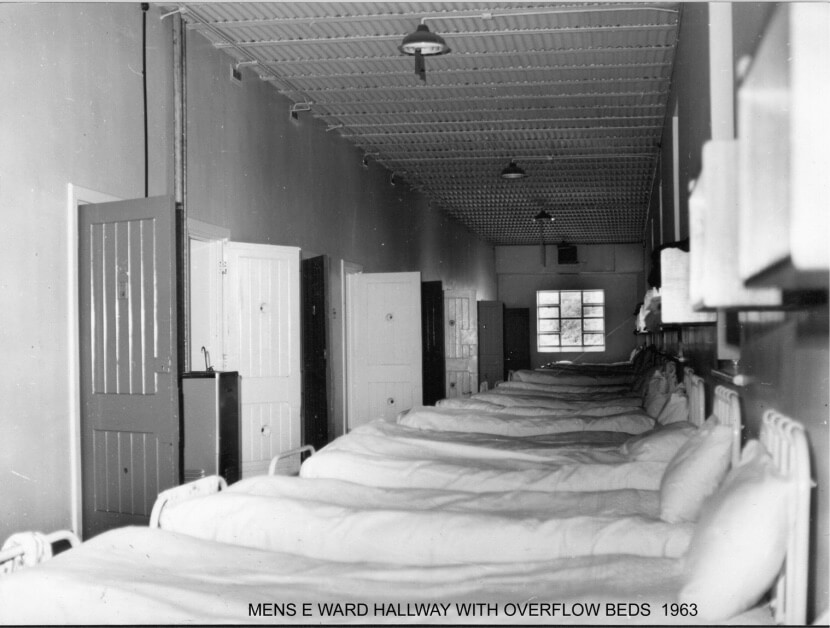
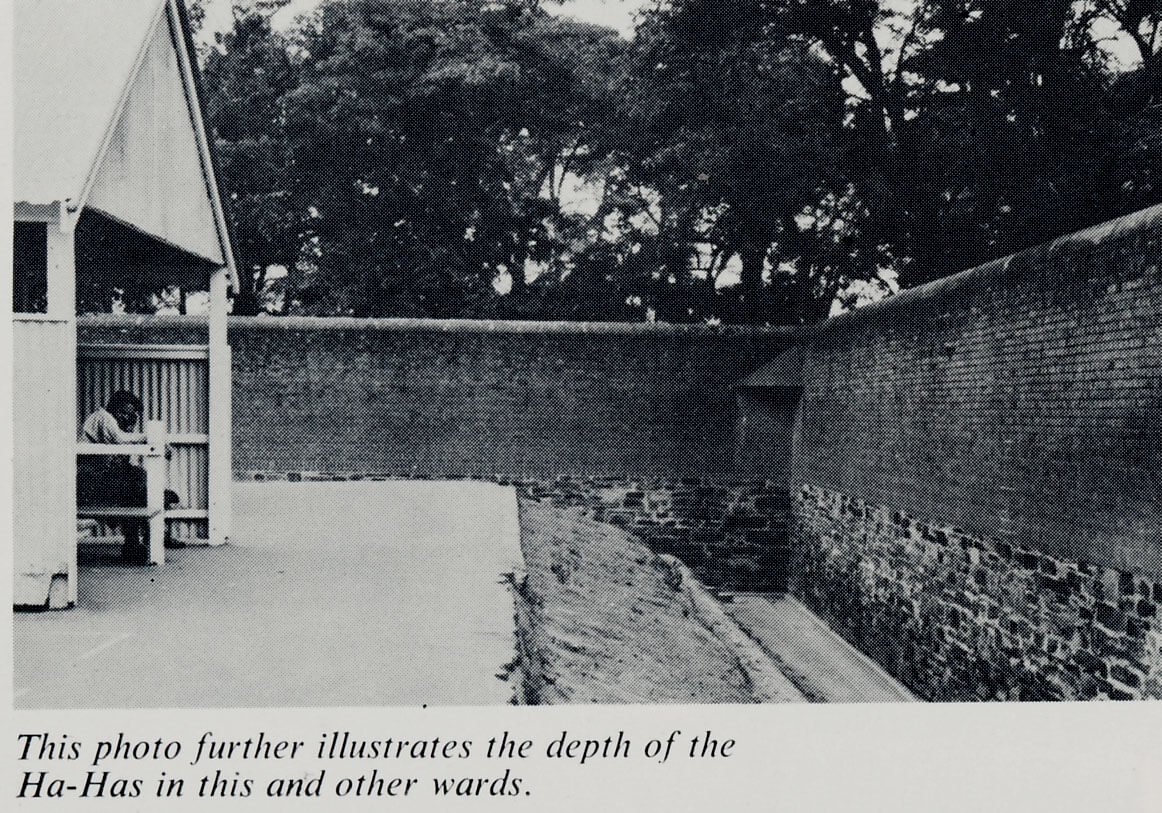
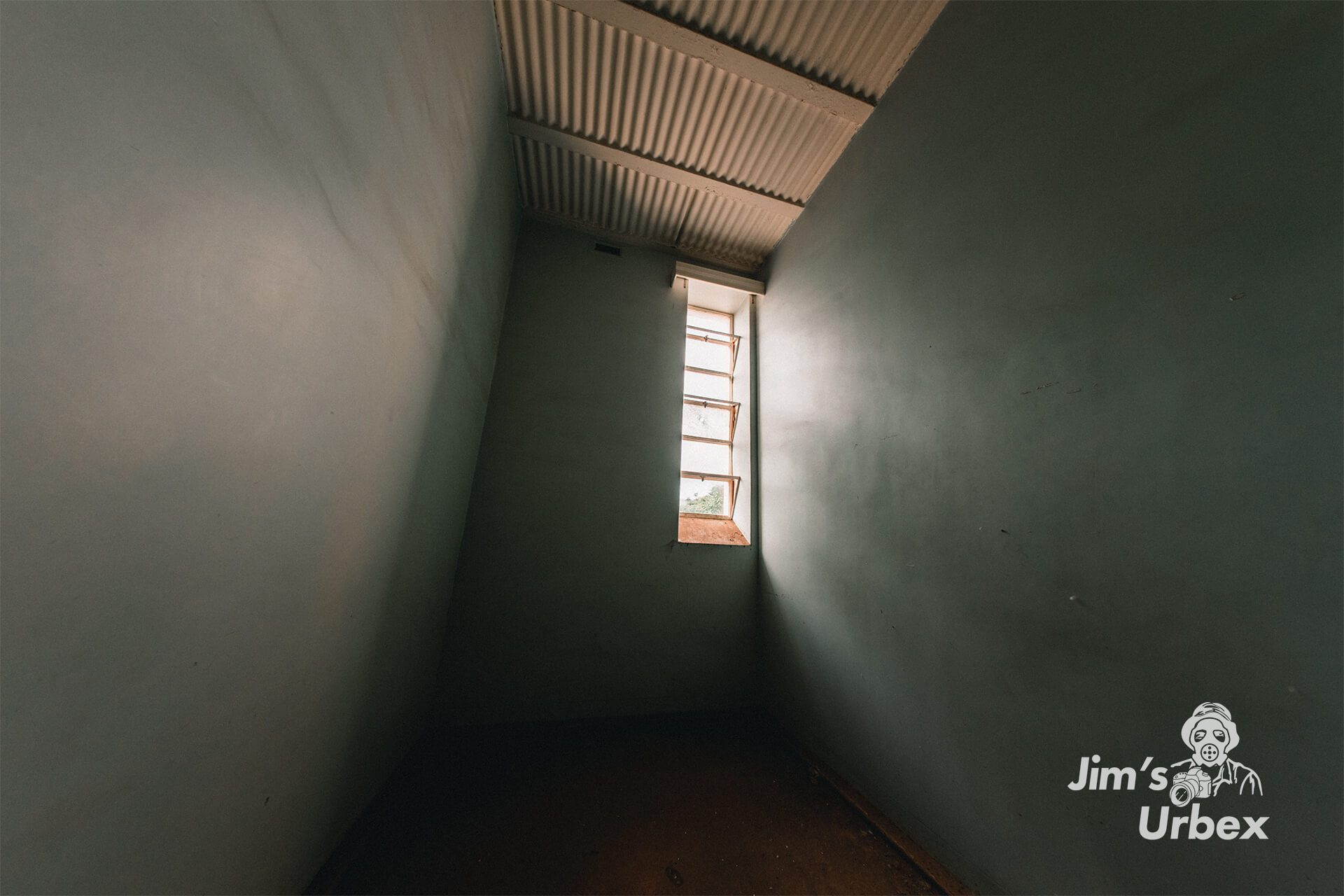



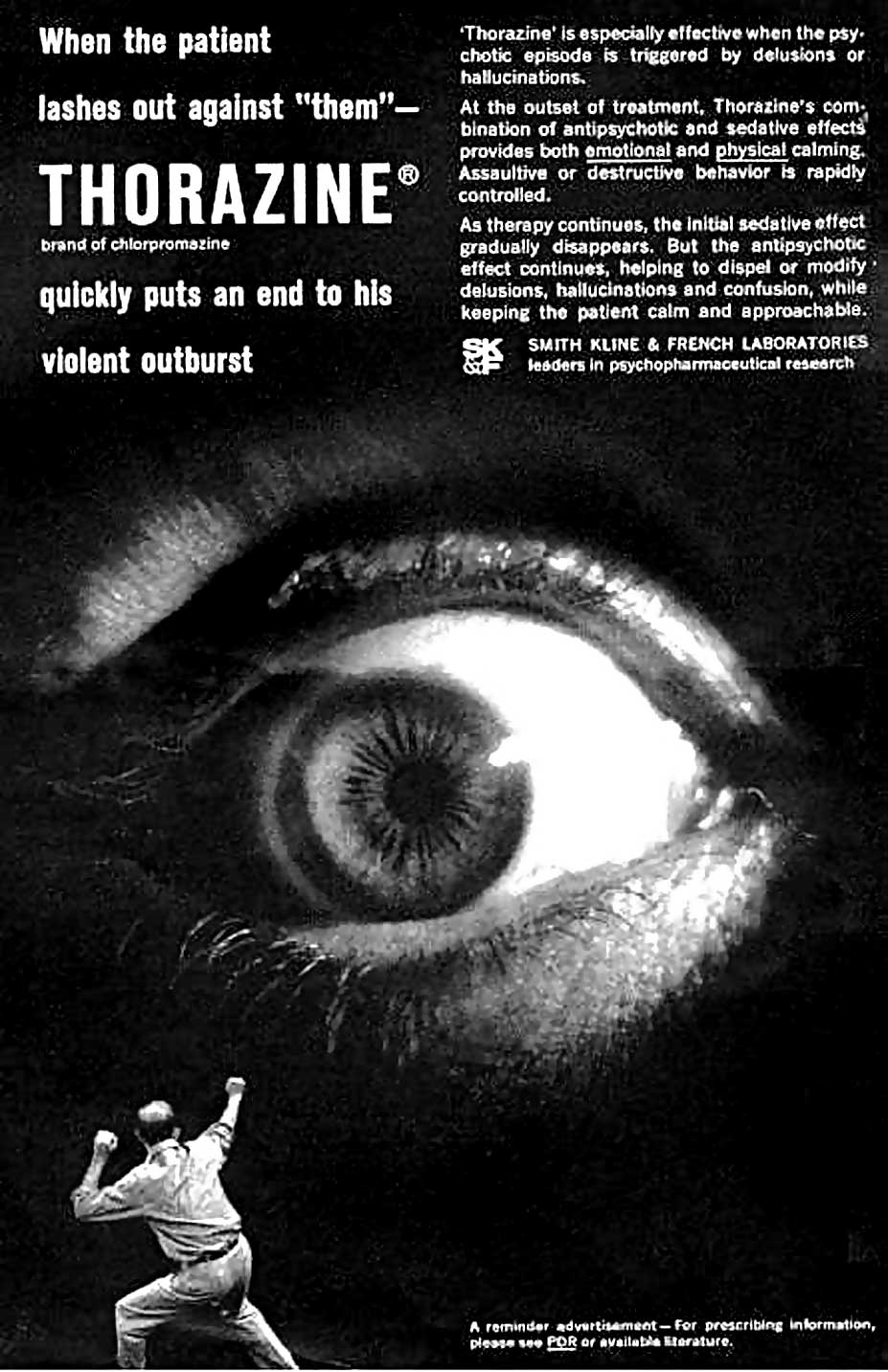
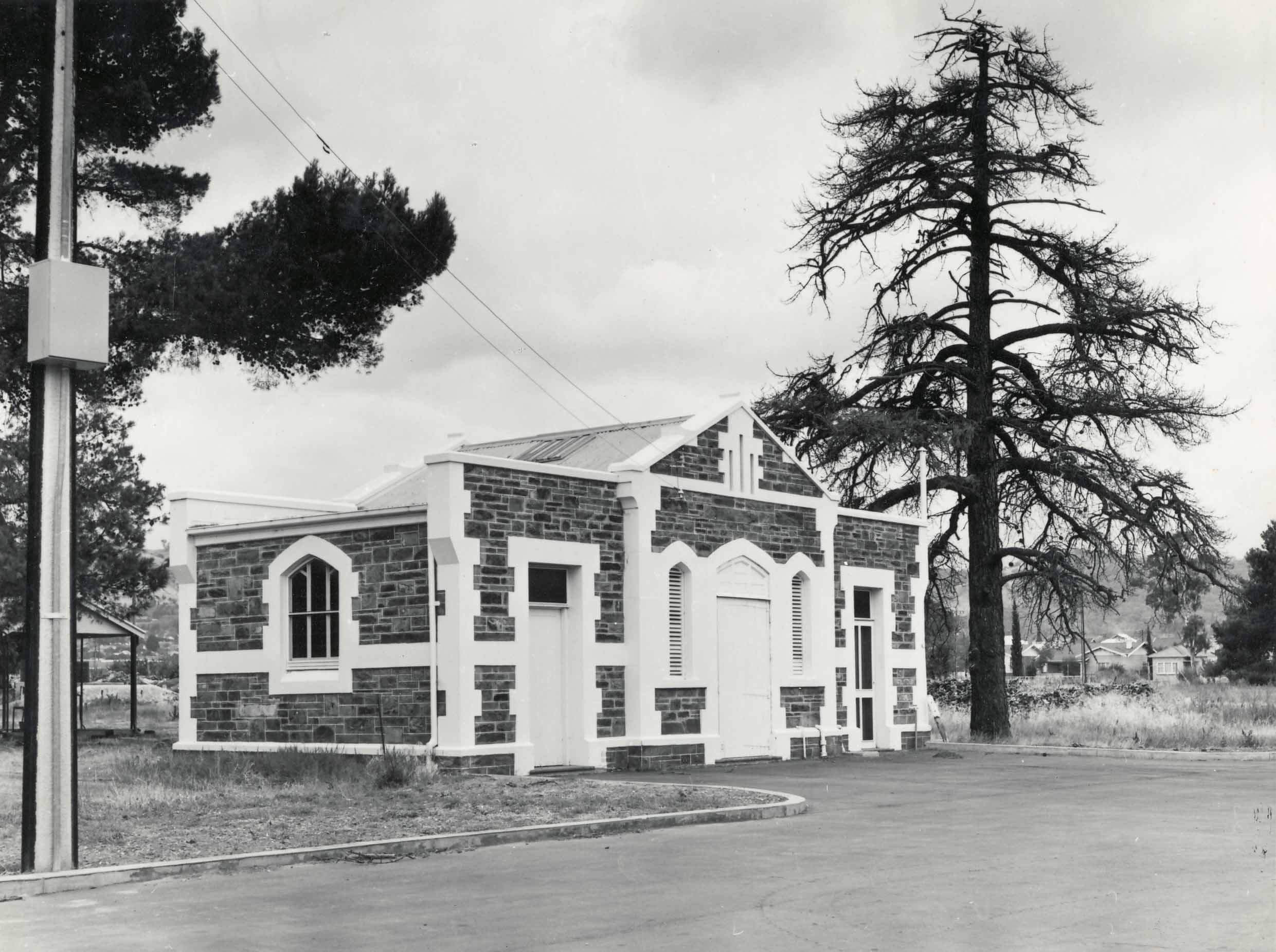

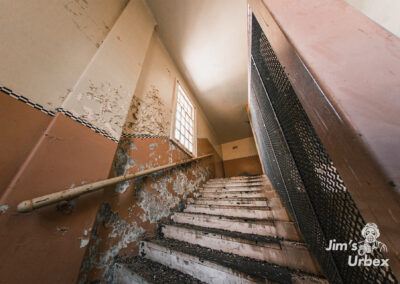
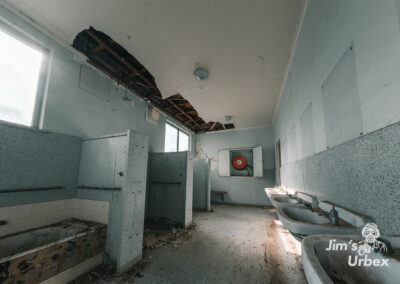
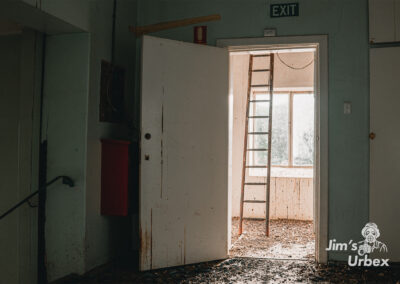
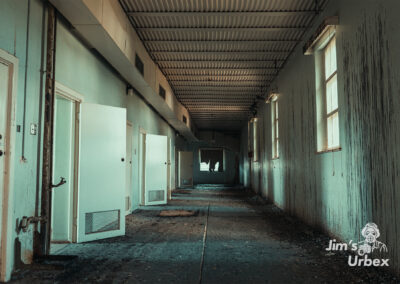
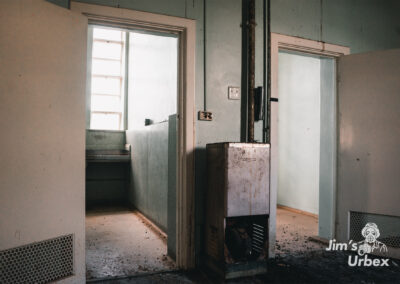
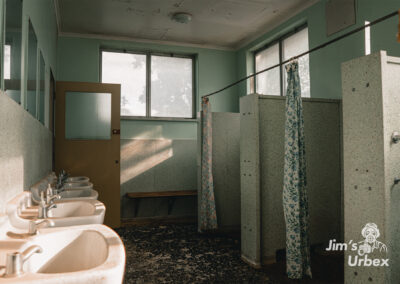
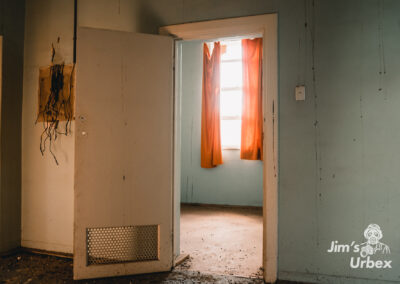
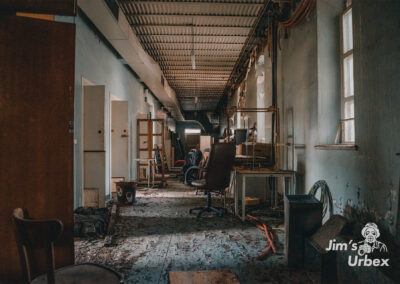
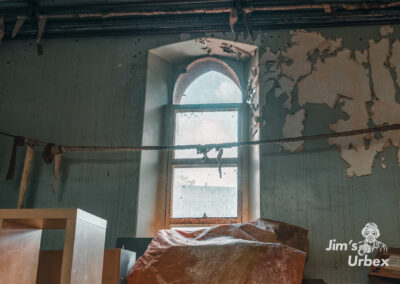



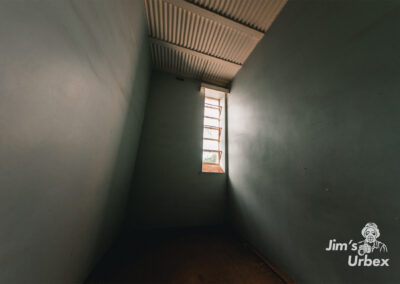

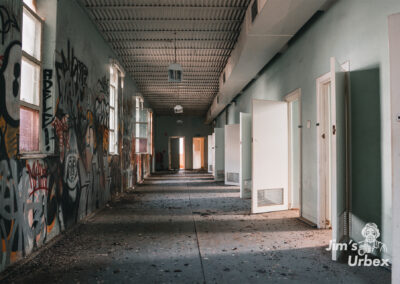
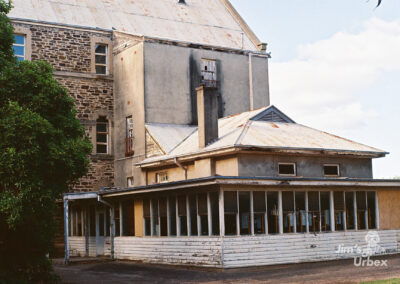


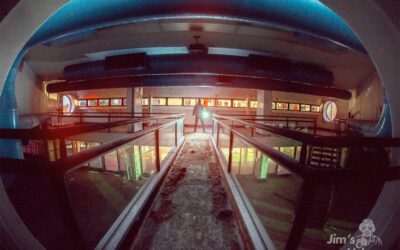
Could someone plz contact/respond to me with more specifics of address/entry etc. Rachael
Hey Jim, would love to speak to you about this article. My great Grandmother was a patient at Glenside.
Hey, cheers for getting in touch, i’ll flick you an email
Great article. We are looking for places such as Z ward or E ward to have a looksie. Can you recommend any beaut old abandoned places?
The only way you can see Z ward these days is to go on a tour with Adelaide Haunted Horizons ( which i definitely recommend, they are great)
not if you go through the window on the other part of z-ward 💀
Hi do you know if it’s possible to look inside? And if so who to contact
A remarkable ‘dark history’ very cruel and very abusive !